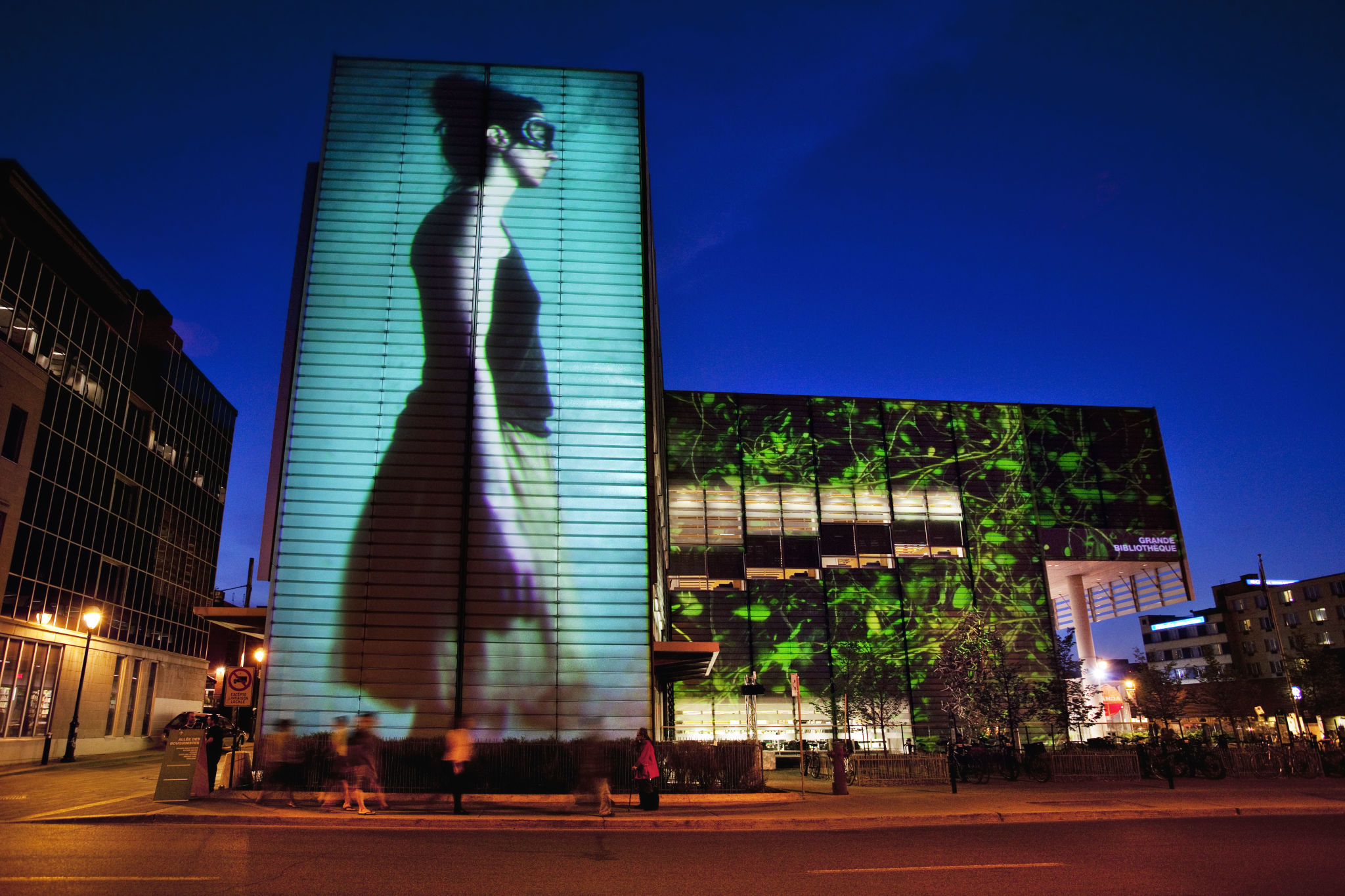By Mike Garrido
In today’s world of digital signage technologies, dynamic displays are not only at our fingertips, but also becoming integrated into our environments. The industry now has the tools and knowledge to virtually transform physical structures with extremely large visuals. A growing global demand for bigger, bolder graphics is pushing artists and content creators to move beyond the traditional boundaries of a flat screen or video wall and use projection mapping to turn entire buildings, monuments and other large structures into an edge-free canvas.
Projection mapping taps into both art and science to enhance these three-dimensional (3-D) structures. Previously also known as video mapping or spatial augmented reality (AR), it has grown in popularity to complement large corporate events and installations for governments, entertainers and brand marketers.
“Projection mapping is an art form, but also about calculations for everything from colour saturation to height and distance,” says Kathryn Cress, vice-president (VP) of global and corporate marketing for projector manufacturer Christie. “It’s about getting the geometry right for the surfaces being transformed.”
“I like to do a project in such a way that it looks very organic,” says Bart Kresa, a master projection designer with his own studio. “It’s magic when the audience doesn’t really know how it happens. We try to make it impossible to comprehend what’s going on before their eyes.”
The history of an art form
The specific art of transforming a large surface using projections traces back several decades. Some say the first commercial instance of projection mapping onto complex curved surfaces were ghostly, disembodied, singing heads that debuted at the Haunted Mansion ride at Disneyland in Anaheim, Calif., in the 1960s.
Artists started taking the medium outdoors in the 1980s using powerful, large-format projectors. Hand-painted slides were projected onto public façades to illuminate them at night.
In the mid-1990s, the projected slides were divided into sections, allowing images to be wrapped perfectly to the proportions of the selected buildings. Some of these graphics extended onto the streets, too.
The introduction of brighter, computer-driven commercial projectors led to greater possibilities. Computer graphics sped up production and made full-motion video and graphics possible without film. Staging companies began keeping these projectors in their rental inventory, allowing fast turnaround for event production.
As the equipment continued to become brighter, portable and more rugged, intrigued artists started to look at the shapes, contours and colours of large buildings and wonder how they could incorporate them into their work. Many of their projects for businesses were visual tricks to stun onlookers, such as sea creatures swimming inside office towers.
With the further evolution of digital simulation, visualization and projection technologies, truly awe-inspiring displays have been achieved around the world in recent years, from the 2012 World Expo in Yeosu, South Korea, to the grand opening of the Atlantis Resort in Dubai, U.A.E. The best projects move beyond the earlier ‘wow’ factor to tell a story. The following are just a few Canadian examples.

The Luminous Pathway in Montreal’s Quartier des Spectacles began with simple red dots on sidewalks and now includes fully projection-mapped buildings.






